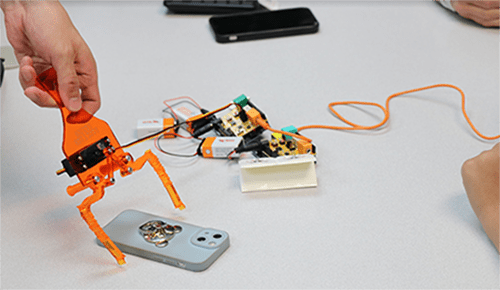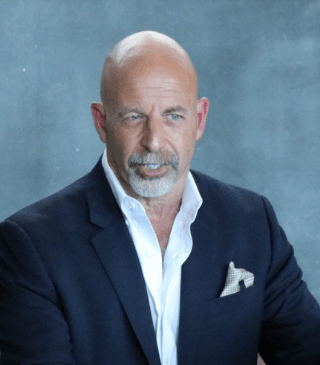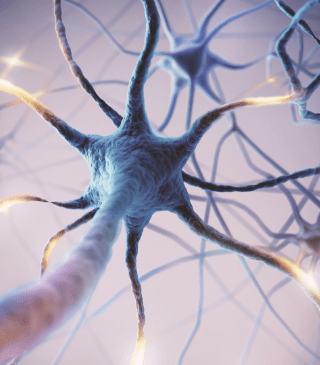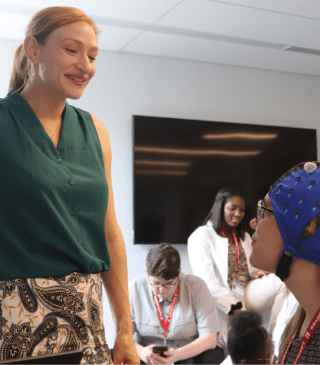

Collaborated with a group of the world’s premier scientists, professors, and professionals in the fields of neuroscience and neuroethics.
Synthesized new neuroscience knowledge into a research proposal for a cutting-edge neuroscience experiment.
Engaged in interactive activities with discussions about cognitive neuroscience and neuroethics in a cross-cultural setting through a biophysical lens.
Isabella Coffey
Las cruces High school
Class of 2023



Read more about Isabella's achievements here.
Lorem ipsum dolor sit amet, consectetur adipiscing elit. Integer quam nunc, efficitur ac ante et, gravida consectetur leo. Aliquam et scelerisque elit, in varius sapien. Fusce ut lobortis quam, sit amet mattis libero. Praesent imperdiet, purus sed ultricies interdum, risus mi pretium dolor, a ultrices nibh elit et turpis.
Fusce efficitur libero id dui efficitur tincidunt. Nulla mauris elit, aliquam a varius quis, finibus vehicula nulla. Nunc nisl nisi, pretium sed urna vitae, porttitor semper sapien. Curabitur at tortor quis quam consequat auctor.
Praesent ornare sapien dignissim, ullamcorper ante sed, pharetra eros. Duis dictum dapibus vulputate. Aliquam ipsum ligula, elementum sit amet volutpat eget, consequat id eros. Quisque semper ex nec ex tempus volutpat. Duis vitae sagittis odio. Phasellus posuere velit arcu, vitae fringilla sem iaculis eu. Pellentesque habitant morbi tristique senectus et netus et malesuada fames ac turpis egestas.


The Frontier of Neuroscience
Center for Functional and Molecular Imaging
The Center for Functional and Molecular Imaging (CFMI) at Georgetown is one of the world’s leading institutions with expertise in structural, functional, and brain imaging.
While visiting the CFMI, I met Dr. John VanMeter, Director of the Neuroimaging Corps at Georgetown University, who described to me the rationale, protocols, capabilities, and limitations of Functional Magnetic Resonance Imaging and tract tracing.
I not only learned about the science behind fMRI, but also had the opportunity to see the machine that possess a magnetic power of 30,000 times the strength of Earth’s magnetic field.
Neuromodulation
Neuromodulation is a technology that electrically stimulates nerves or chemically targets neurological sites to treat nearly any disease or symptom.
I specifically learned about the HALO device, an application of neuromodulation that provides external electrical stimulation through a helmet of electrodes. It is primarily used to improve cognitive function and wellbeing, like learning, memory, and performance.
To further demonstrate the applications of neuromodulation, we learned aboutelectrical stimulation, perception of stimuli, and free will in order to control cockroaches from an iPhone.






